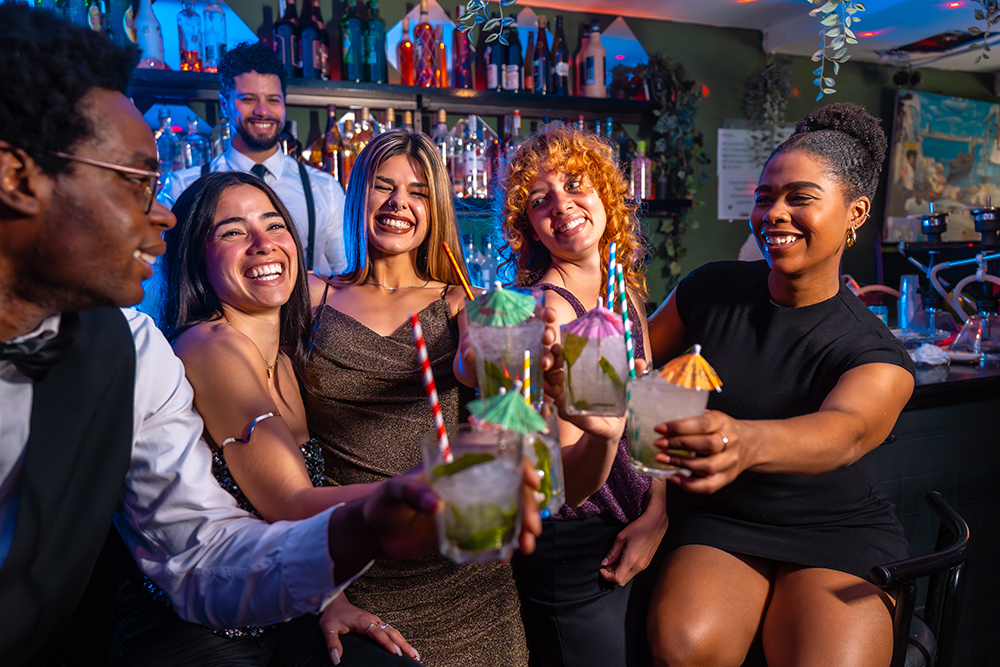This month marks the 46th anniversary of the famed Judgement of Paris, when a group of bell-bottom wearing winemakers from Bordeaux held a blind tasting of wines in Paris, and were filled with incandescent rage when Californian wines were rated best in each category.
The first winery opened in the Napa Valley way back in 1861, but produced mostly cheap plonk used for religious purposes, and was rarely exported outside of California. A few decades later, nearly 80% of the vineyards were destroyed by the Phylloxera louse epidemic, and adding insult to injury, the entire Californian wine industry collapsed in 1920 when the dark days of the American Prohibition arrived. When Prohibition was lifted in 1933, the wine industry had to start again from almost zero, as only a few vineyards had survived by making grape juice (often surreptitiously sold alongside a packet of yeast with some helpful hints), and a bit of sacramental wine for the churches.
By the time the 1970s came along, what we consider the modern-day California wine industry was only four decades old, and was not considered a significant player on the world stage. The snooty winemakers of France were relishing what they considered their rightful place as the undisputed kings of the wine world, and were not above rubbing that in the noses of the upstart Yankees that had recently started growing French grapes.
And so, it came to pass that the owner of a small boutique wine shop in Paris arrived in San Francisco in 1976, looking to expand the offerings in his shop by finding a few hidden gems in the upstart Napa Valley. After a leisurely tour of the small and mostly family-run vineyards, no doubt with Fleetwood Mac blasting on the car AM radio, a few dozen bottles of Chardonnay and Cabernet Sauvignon were taken back to Paris, there to be judged by the snootiest winemakers that France had to offer.
There was much boasting and pomposity as the blind tasting began, the judges selected from nine French winemakers with impeccable credentials, predicting France would emerge victorious, soundly trouncing the inferior wines from the uncouth American winemakers. Imagine the shock and horror when the scores were tabulated, and the American versions came out on top for both the red and white categories!
There was much gnashing of teeth among the collected judges, all of whom had been so certain of the superiority of French wines. A few of the judges were unceremoniously fired from their jobs, branded as treasonous cretins for the unforgivable betrayal of exposing a challenger to France in the world of wine. There were even attempts to declare the entire blind tasting as fraudulent, but those attempts were for naught, due to all of the judges being experienced French winemakers with well-known contempt for any non-French wines.
This day in May of 1976 marked the turning point for the California wine industry, no longer a purveyor of cheap plonk, but a player on the world stage, able to match the best wines of France. The same blind tasting was repeated 30 years later in 2006, and again for the 40th anniversary in 2016, and much to the chagrin of the French winemakers, the California offerings won again.
Today, California is a thundering juggernaut in the world of wine, with nearly half a million acres under vine, with a value of more than $40 billion. California is the fourth-largest wine producer in the world, trailing only the old-world countries of Italy, France, and Spain. Interestingly, California exports only around 15% of their wine to other countries, with domestic consumption in the USA consuming 85% of production.
Of that $2 billion or so worth of wine that does get exported every year, the largest international consumer of California wines is Canada, where despite our tiny population, we buy as much Californian wine as the UK and EU combined. Hooray for us!
The famed grapes of Bordeaux have spread across the world, and the Californian winemakers have trademarked the term Meritage (Merit + Heritage) to indicate their best wines made exclusively from the Bordeaux grape varietals, including Cab Sauv, Cab Franc, Malbec, Merlot, Petit Verdot, and Carmenére for the reds. Look for the Meritage label on your next visit to your friendly neighbourhood bottle shop, and perform your own taste test!




